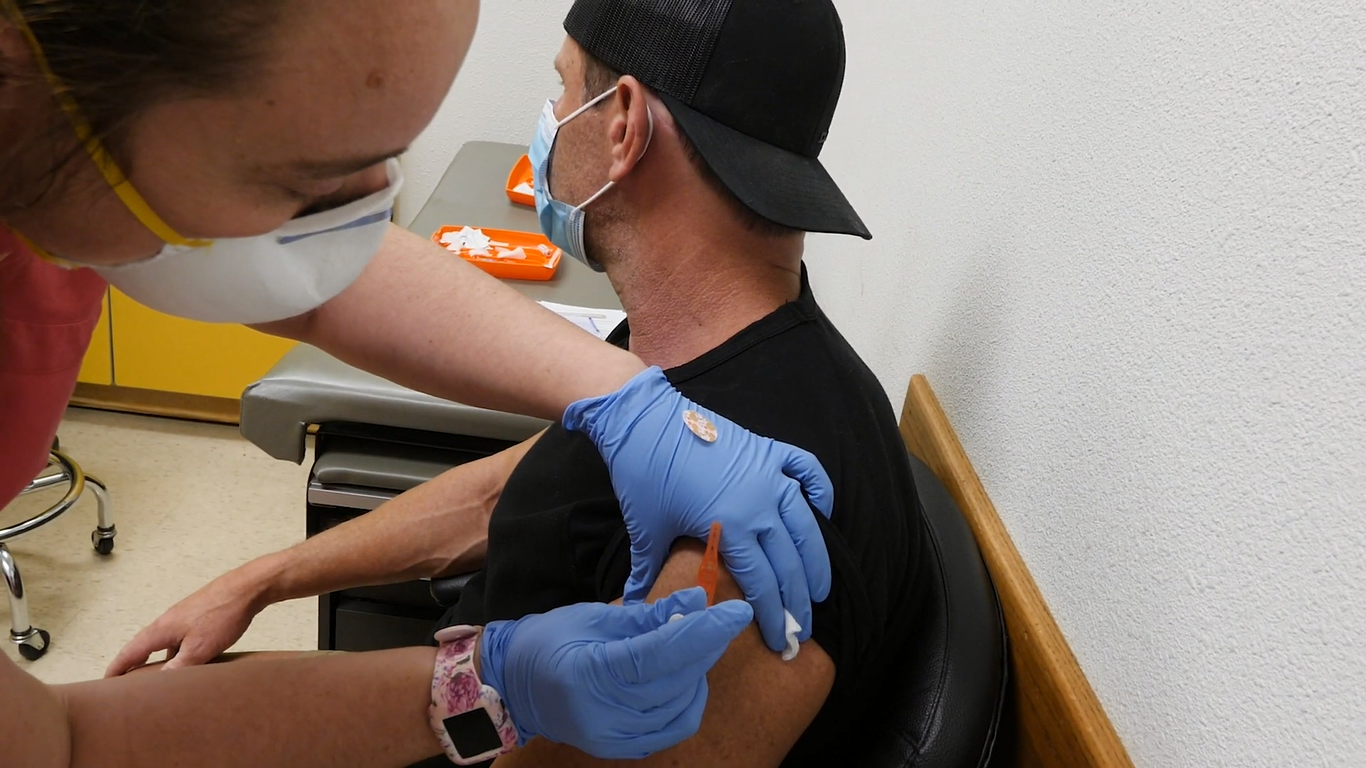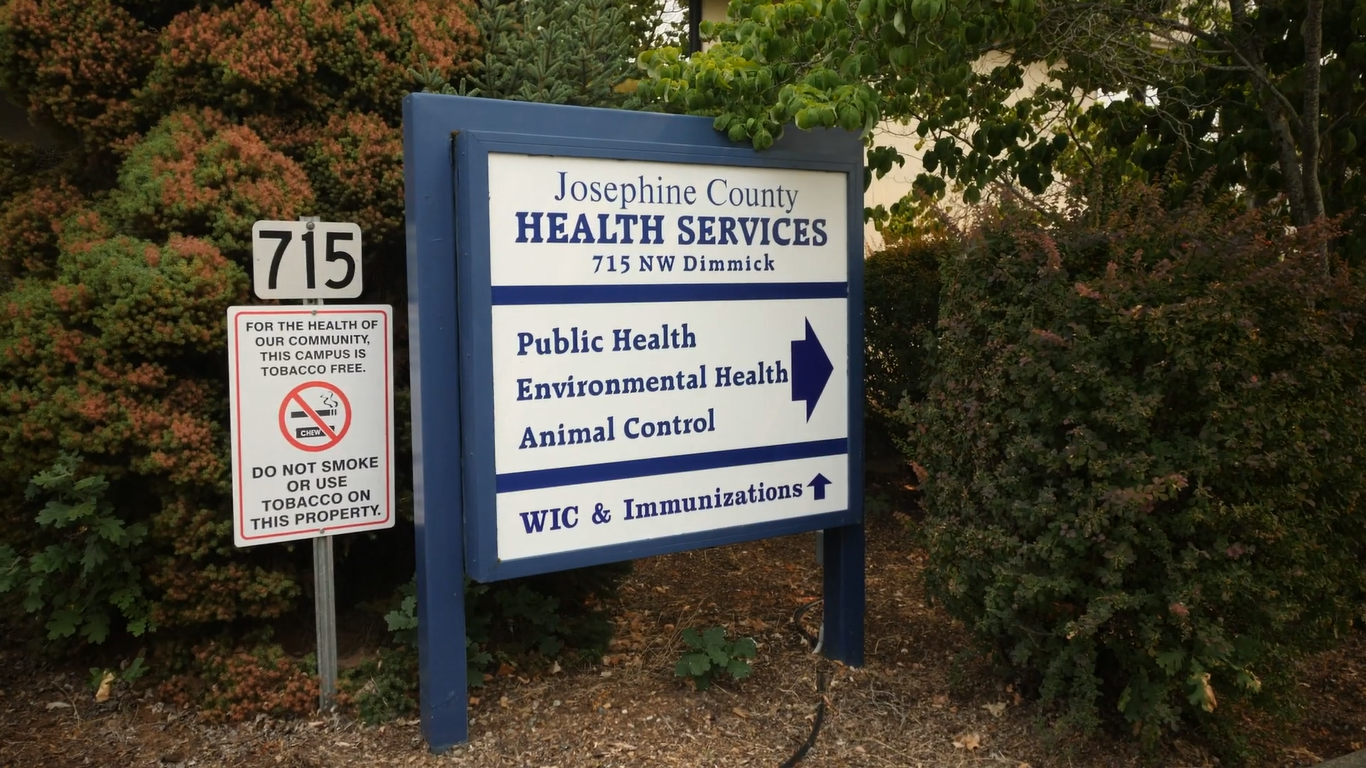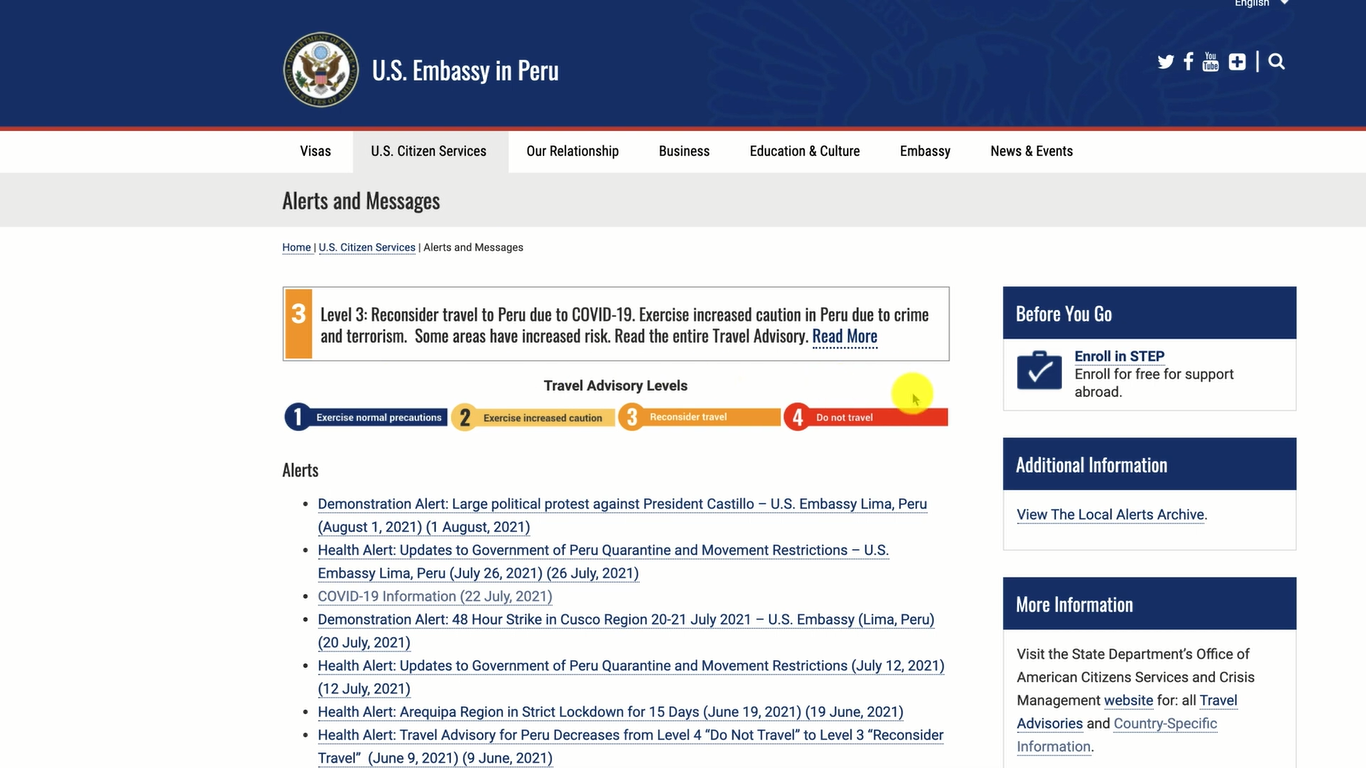A Guide to International Travel During COVID
We live in a vast world, and every part of it is worth exploring. Until 2020, I didn't see much of the world. At the beginning of our journey to living life untethered, we traveled around the country. Our RV trip across the United States inspired us to explore other parts of the world.
Our quest for global adventures started with a breathtaking trip to Ireland in 2020. I then went to Peru with my brother last year. This trip required a bit of research because I was traveling during the pandemic. COVID has made traveling more complicated because every country has its own restrictions. As such, you need to prepare well.
#1 Plan months in advance
Everything you need to travel internationally takes time to process. If you need a passport, a visa, or vaccines, you’ll have to apply weeks or months in advance.
Travel requirements will be different for every country. And so, you need enough time to do your research.
US citizens don’t need a visa to travel to certain countries. If you visit the website of any US embassy or consulate, you’ll see if you need a visa to travel. If you need a visa, apply for one quickly.
Since I spent fewer than 183 days in Peru, I didn’t need a visa. This rule may be different if you’re not from the United States, so you’ll have to check. If you plan on staying somewhere for longer than six months, you'll probably need a visa no matter where you go.
#2 Check the travel requirements of your country
Many people don’t know if they need a COVID vaccine before traveling internationally. The Center for Disease Control (CDC) advises against international travel if you’re not fully vaccinated. If you are not fully vaccinated and need to travel, you’ll need to self-quarantine for seven days when you return to the US.
Remember to always wear your mask inside the plane and at the airport. It’s a travel requirement in every country.
#3 Check the travel restrictions of your destination
Months before you travel, check the website of your airline. It will have a link to the entry requirements of your destination. Entry to Peru required a negative COVID-19 RT-PCR test issued 72 hours before departure from the first boarding point. This rule applies to everyone over the age of 12.
Most countries have similar entry requirements, but some are stricter than others. After spending a week in Peru, I needed to take another COVID-19 PCR test and show that I had a negative result within 72 hours of boarding the plane. If you get an antigen test, you'll have a 24-hour window before boarding for most places.
Peru travel requirements included an affidavit of health and geolocation authorization. This document declares to the authorities that you are not sick. You also need to sign it within 72 hours of your flight.
#4 Check the vaccination requirements of your destination
I got all my vaccines from the Josephine County Health Department, and their service was nothing ‘shot’ of amazing!
Check the entry requirements of your destination to see if you need to vaccinate before traveling and if there are any conditions for vaccine exemption. Countries like Australia have strict entry requirements for non-citizens, and you don’t want to find yourself deported because you didn’t adhere to the rules.
It’s not only the COVID vaccination you need to consider. Some countries require vaccination against other diseases, so you’ll need to check what other vaccines you need before traveling.
I learned that you need the yellow fever vaccine when traveling to Peru. They also suggest that you get hepatitis A, typhoid fever, and rabies vaccines.
Some of these vaccines don't take effect for several days. So, make sure you get your shots well in advance.
#5 Get in touch with your embassy
Your embassy website will have travel information for you. If you're American and traveling to a foreign country, you’ll also want to go to the US Embassy website for that country and see what alerts they have.
The US Citizens Services page on the embassy website has multiple-level travel advisories which can help you determine if you even want to visit a country.
My advisory for Peru was level three. It said I should reconsider travel due to COVID-19, crime, and terrorism. We still went on the trip, but we knew to exercise extreme caution.
#6 Bonus travel advice
I know this is not COVID-related, but you’ll need to heed your doctor’s advice during the immunization appointment. My doctor recommended getting a mosquito repellent to avoid contracting malaria. You’ll also want to wear mosquito repellent clothes, especially when traveling to tropical countries. These pants, shirt, and hoody were a lifesaver! There are also leggings available.
May your trip bring you much-needed relaxation during this pandemic. And as the French say, bon voyage!
As always, we can't wait to share our adventures with you. Watch the video below for more travel tips:




